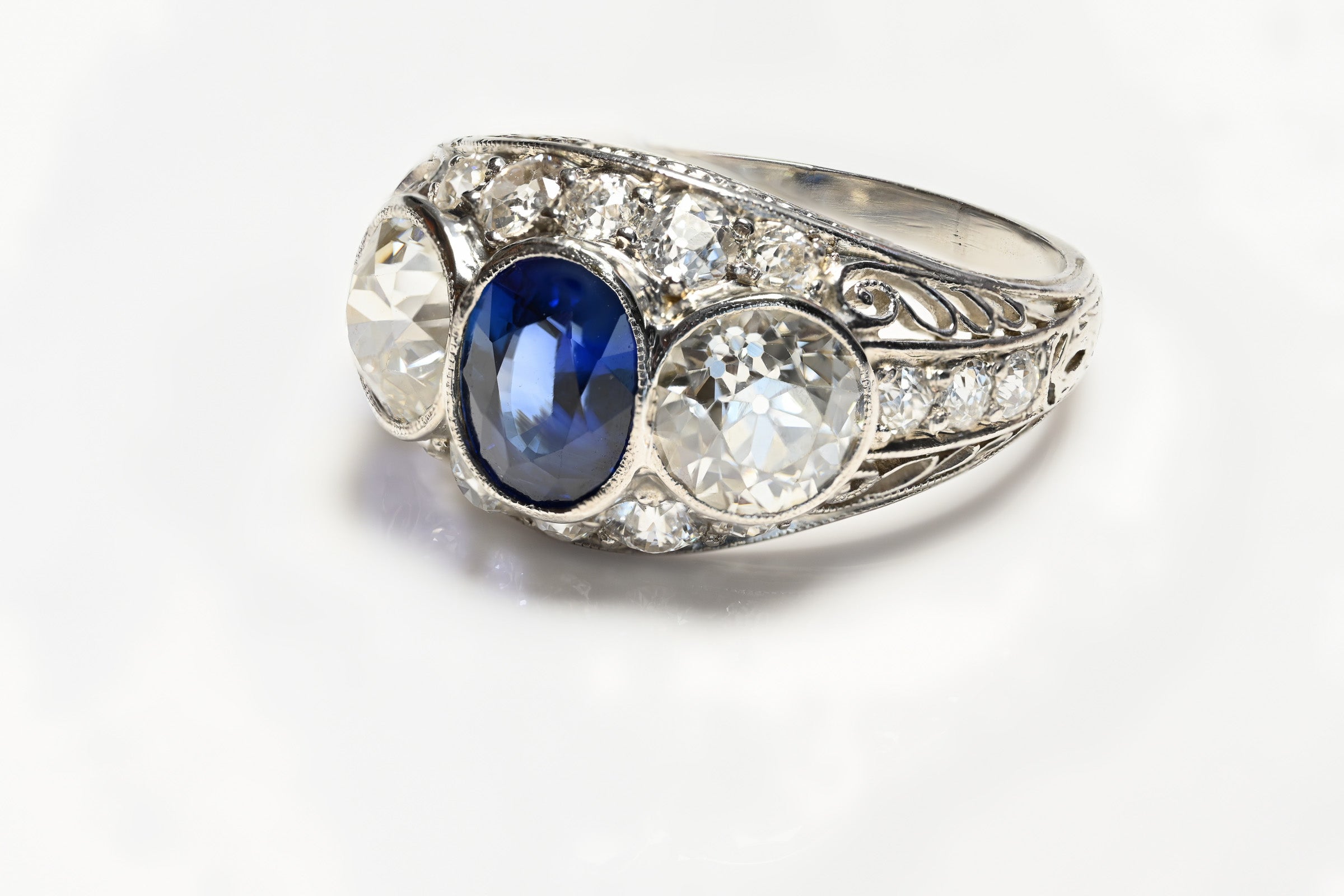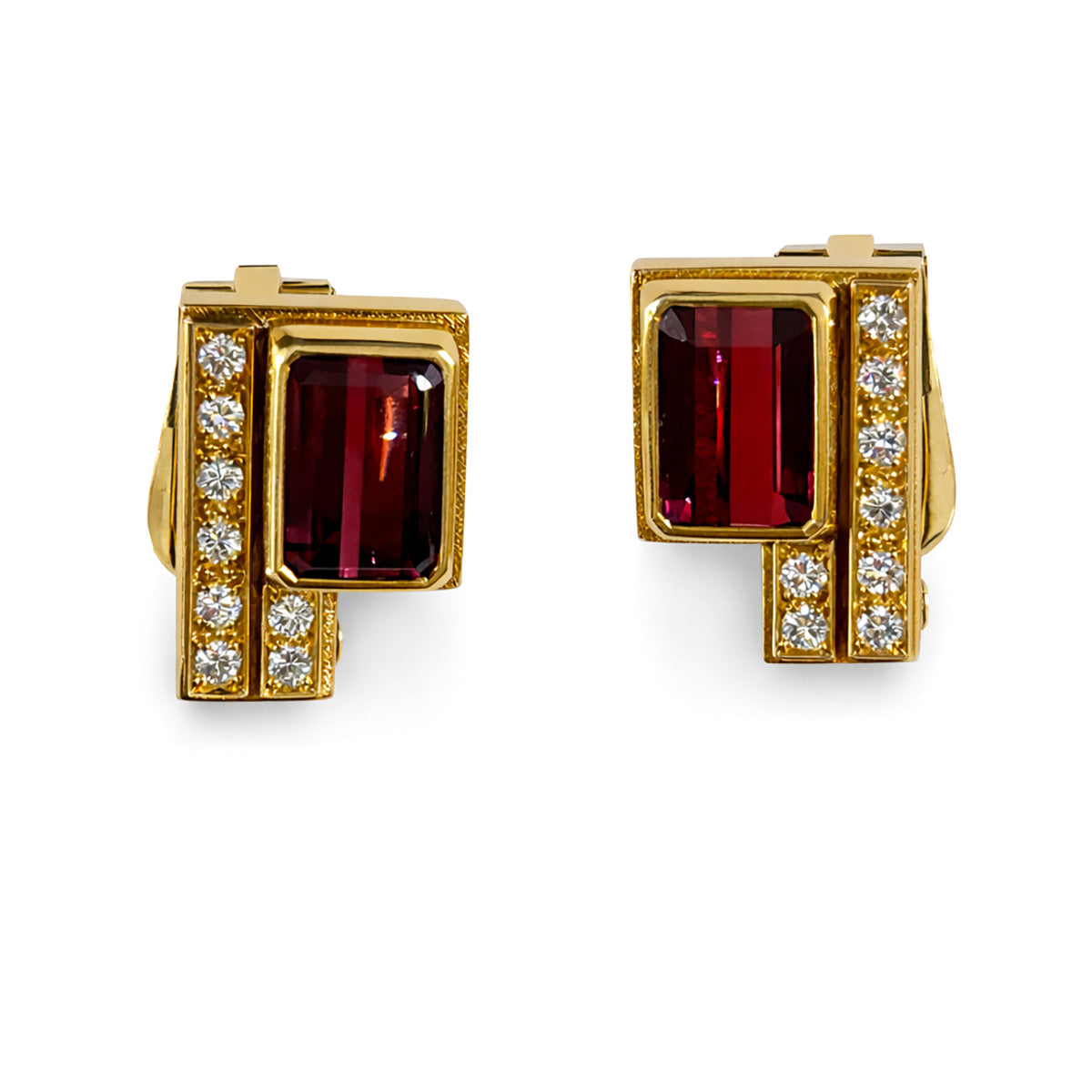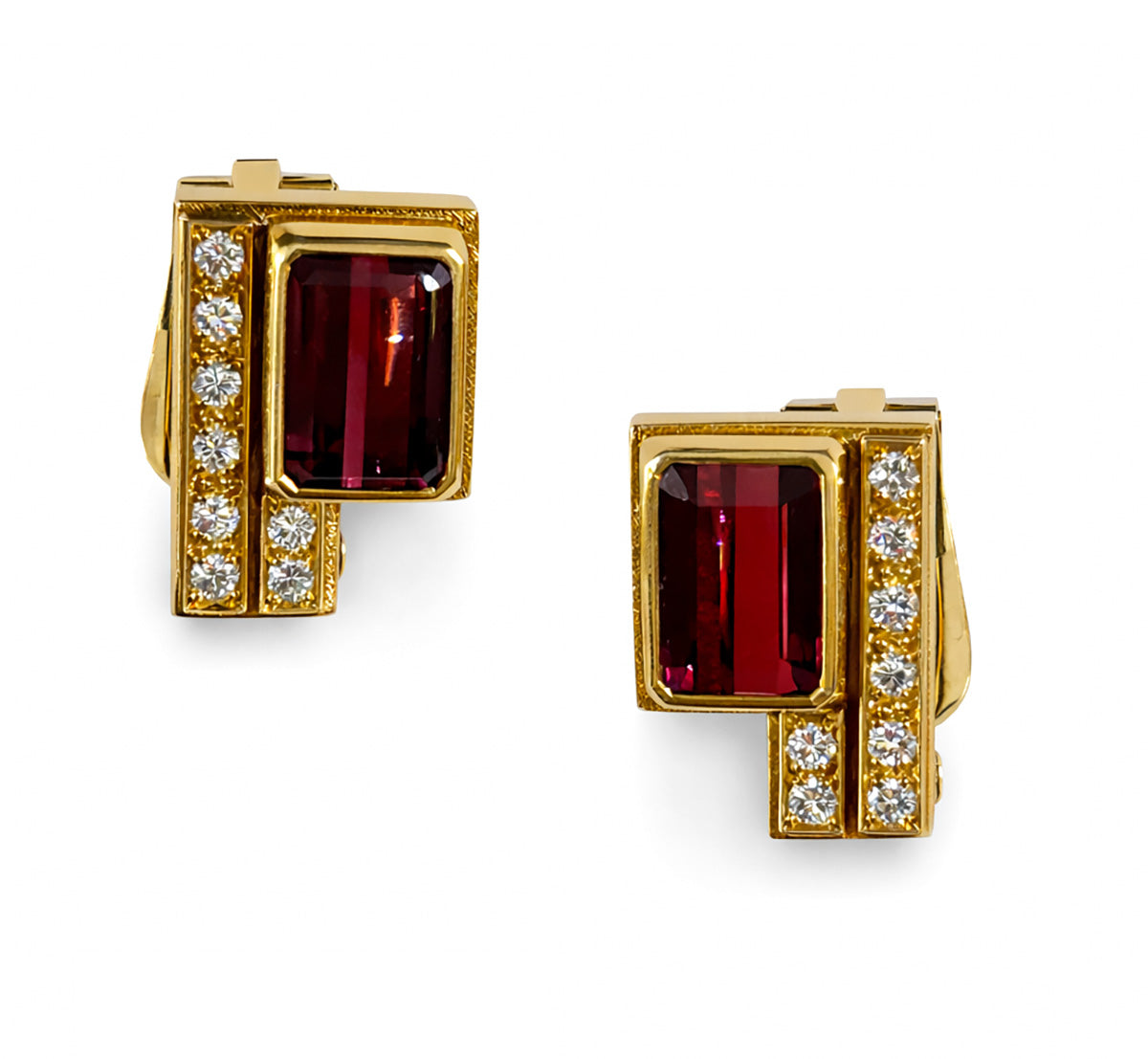
Investing in Antique Jewelry: Why It’s Always a Good Idea
Purchasing antique jewelry isn't just about a deep appreciation for its beauty; it’s a sophisticated decision backed by intricate knowledge and historical context. Here’s why investing in antique jewelry is always a good idea.
Why Invest in Antique Jewelry?
The purchase of antique jewelry has numerous benefits. Older jewelry often holds more value than contemporary pieces and carries unique historical significance. Here are some compelling reasons to invest in antique jewelry:
History
When you buy an antique item, you're acquiring a piece of history. Each piece tells a unique story, whether it’s a heartfelt gift, a token of grief, or a symbol of a passionate engagement.
Antique jewelry is an excellent investment. With each passing year, these pieces become rarer and more valuable. Their exceptional craftsmanship and rarity make them highly sought after in the market.
Rare Quality
Traditionally, antique jewelry was handcrafted by skilled artisans, offering intricate designs and exceptional quality that are hard to match in modern, mass-produced pieces.
Eco-Friendly
Buying antique jewelry is an environmentally sustainable choice. By opting for antique pieces, you reduce the demand for newly mined metals and gemstones, becoming a conservator rather than a consumer.
The Price of Antique Jewelry
Evaluating antique jewelry requires a blend of historical expertise, market insight, and a keen eye for craftsmanship. Here are key factors to consider when setting the price of antique jewelry:
Age and Historical Significance
A piece's age and historical context significantly influence its value. Jewelry from specific periods, like the Victorian, Art Deco, or Georgian eras, is often more valuable due to its rarity and historical importance.
Materials and Gemstones
The materials used in antique jewelry, such as platinum, gold, and rare gemstones, greatly impact its worth. High-quality, rare gemstones can significantly increase the value of a piece.
Design and Craftsmanship
The intricacy and uniqueness of a piece's design and craftsmanship are crucial. Handcrafted jewelry with elaborate details is typically more valuable than mass-produced items.
Condition
The condition of the jewelry is vital. Well-preserved pieces with minimal wear are more desirable and valuable.
Provenance
A piece’s lineage and provenance can enhance its value and appeal. Authentic, well-documented pieces are highly sought after.
Authenticity
Verifying the authenticity of antique jewelry is essential. Authentic pieces hold much higher value compared to reproductions.
Gold Antique Jewelry
Gold is malleable, ductile, and resistant to chemical reactions, making it ideal for intricate jewelry. It can be used alone or mixed with other metals to create beautiful, wearable pieces.
Silver Antique Jewelry
Silver is tougher than gold and resistant to oxidation, making it a durable choice for jewelry. Silver pieces are valued for their style and rarity, often fetching high market prices.
Antique Era Designs
Understanding the design and significance of different antique eras can enhance appreciation and valuation:
Georgian Jewelry (1714-1837)
Handmade with gold and silver, Georgian jewelry often features irregular gemstones backed with foil for added glitter. Floral, bow, and scrolling designs were popular, using diamonds, sapphires, amethysts, topazes, and garnets. Due to jewelers often melting down older pieces, authentic Georgian jewelry is now scarce and highly valuable.
Victorian Jewelry (1837-1901)
Named after Queen Victoria, this era saw frequent style changes. Popular designs included birthstone rings, snake motifs, and black jet jewelry. Diamond popularity peaked due to discoveries in South Africa, leading to the rise of solitaire diamond rings. Victorian jewelry is highly collectible today for its diverse themes and designs.
Edwardian Jewelry (1901-1915)
Known for intricate filigree work and the use of platinum, Edwardian jewelry features light, lace-like designs with diamonds, sapphires, and aquamarines. Milgraining, a technique of encircling stones with tiny platinum beads, gave a soft, graceful appearance. Edwardian rings are the second most popular vintage engagement rings today.

Art Nouveau Jewelry (1890-1914)
This era embraced handmade, imaginative designs with natural themes and Japanese influences. Enameling techniques created stained glass-like effects. Diamonds were rarely used, with moonstones, opals, and agates being more common. Art Nouveau produced many mass-made rings, brooches, and pendants, many of which are still in production today.
Art Deco Jewelry (1915-1935)
Characterized by dramatic, geometric patterns, Art Deco jewelry often featured diamonds, sapphires, emeralds, and rubies. White gold became extremely fashionable when platinum prices rose. Egyptian-inspired designs also saw a resurgence. Art Deco remains the most sought-after style for antique engagement rings.
Georgian Jewelry (1714-1837)
Handmade with gold and silver, Georgian jewelry often features irregular gemstones backed with foil for added glitter. Floral, bow, and scrolling designs were popular, using diamonds, sapphires, amethysts, topazes, and garnets. Due to jewelers often melting down older pieces, authentic Georgian jewelry is now scarce and highly valuable.
Victorian Jewelry (1837-1901)
Named after Queen Victoria, this era saw frequent style changes. Popular designs included birthstone rings, snake motifs, and black jet jewelry. Diamond popularity peaked due to discoveries in South Africa, leading to the rise of solitaire diamond rings. Victorian jewelry is highly collectible today for its diverse themes and designs.
Edwardian Jewelry (1901-1915)
Known for intricate filigree work and the use of platinum, Edwardian jewelry features light, lace-like designs with diamonds, sapphires, and aquamarines. Milgraining, a technique of encircling stones with tiny platinum beads, gave a soft, graceful appearance. Edwardian rings are the second most popular vintage engagement rings today
Art Nouveau Jewelry (1890-1914)
This era embraced handmade, imaginative designs with natural themes and Japanese influences. Enameling techniques created stained glass-like effects. Diamonds were rarely used, with moonstones, opals, and agates being more common. Art Nouveau produced many mass-made rings, brooches, and pendants, many of which are still in production today.
Art Deco Jewelry (1915-1935)
Characterized by dramatic, geometric patterns, Art Deco jewelry often featured diamonds, sapphires, emeralds, and rubies. White gold became extremely fashionable when platinum prices rose. Egyptian-inspired designs also saw a resurgence. Art Deco remains the most sought-after style for antique engagement rings.

Conclusion
Investing in antique jewelry offers numerous advantages over modern designs. These unique pieces not only carry historical significance but also become rarer and more valuable over time. Each piece of antique jewelry is a testament to the era it was created in, reflecting the art, culture, and craftsmanship of its time. As these pieces age, they become more scarce, adding to their value and making them coveted items for collectors and investors alike.
Beyond their aesthetic and financial value, antique jewelry pieces also offer an eco-friendly option for those looking to reduce their environmental footprint. By choosing antique jewelry, you are not contributing to the demand for newly mined metals and gemstones, which often come with significant environmental and ethical concerns. Instead, you are preserving a piece of history and giving it new life.

Investing in antique jewelry is not just a financial decision, but a choice to embrace history, sustainability, and unmatched artistry.



















